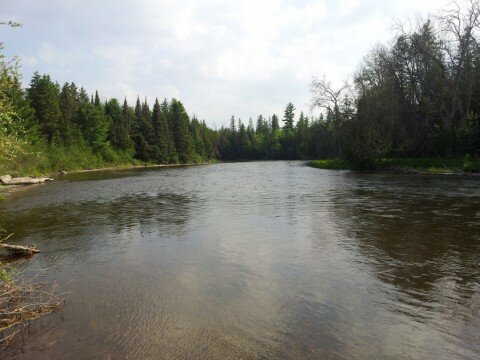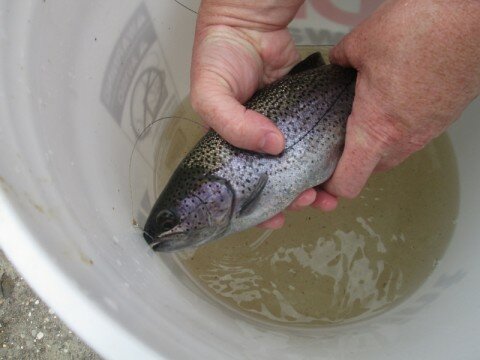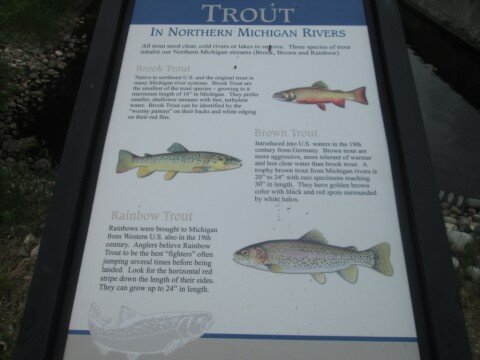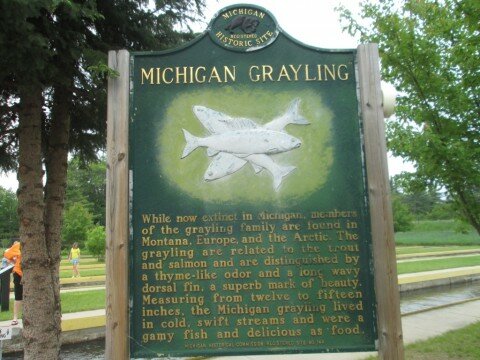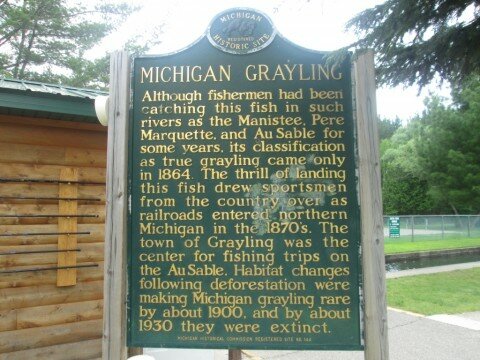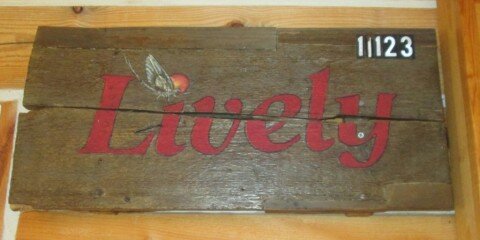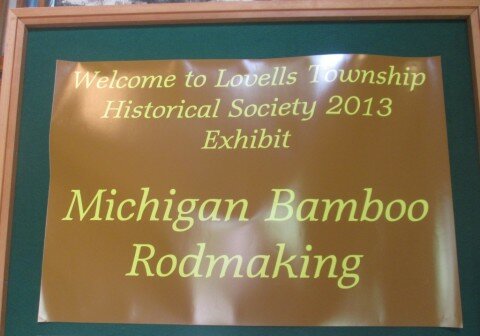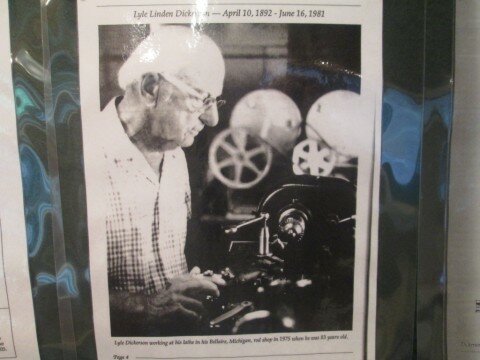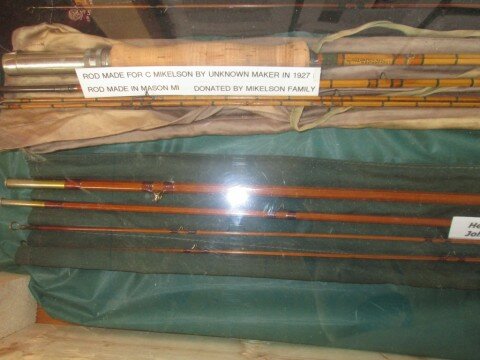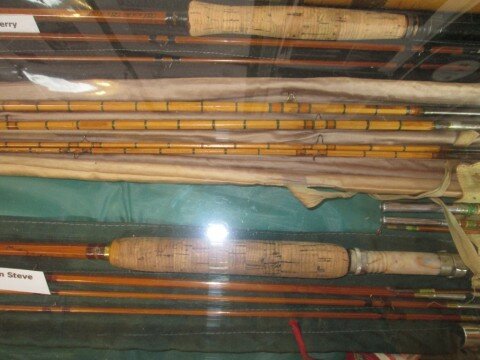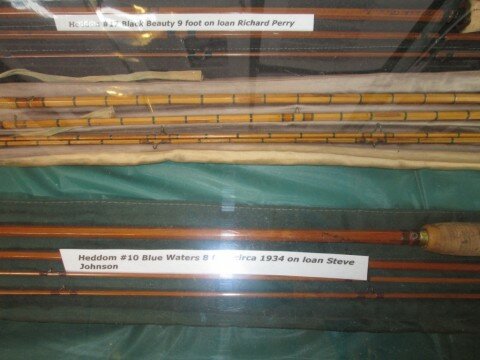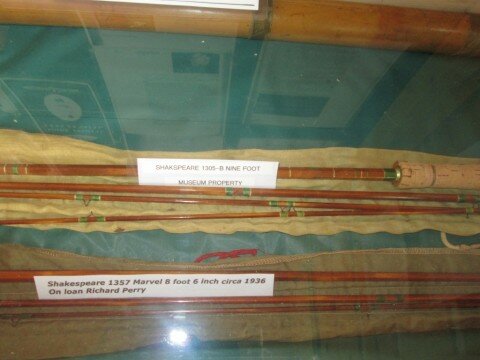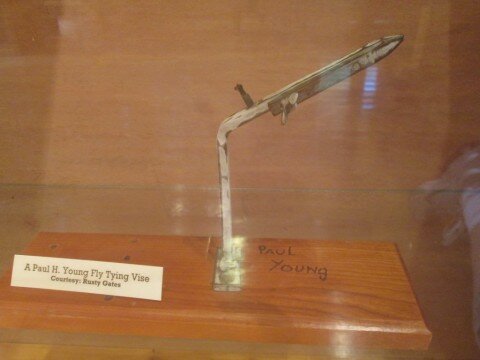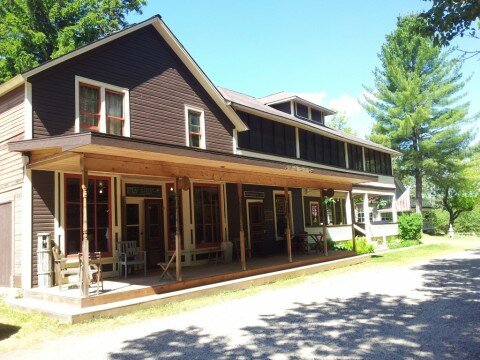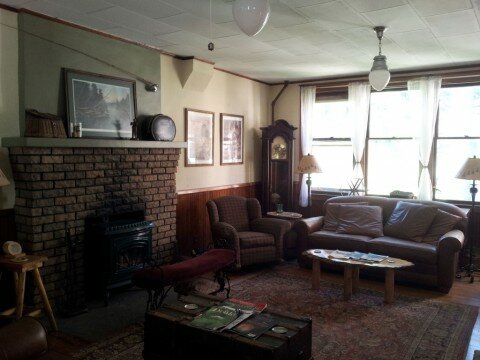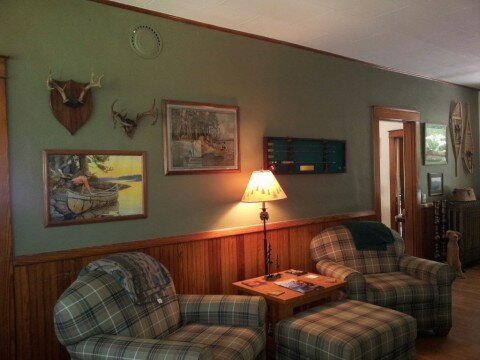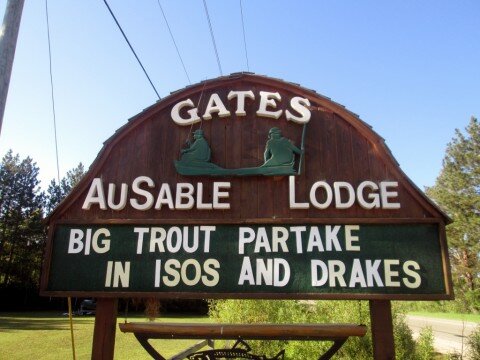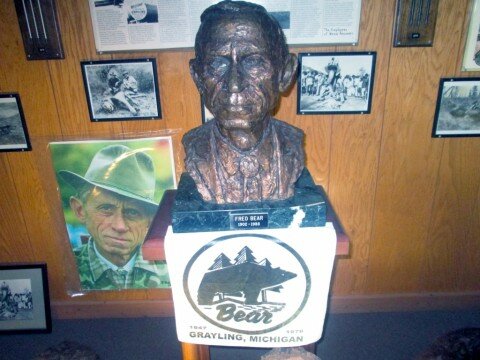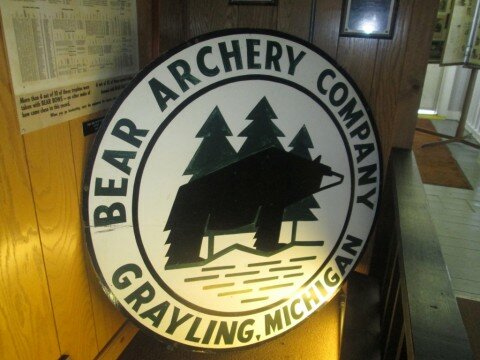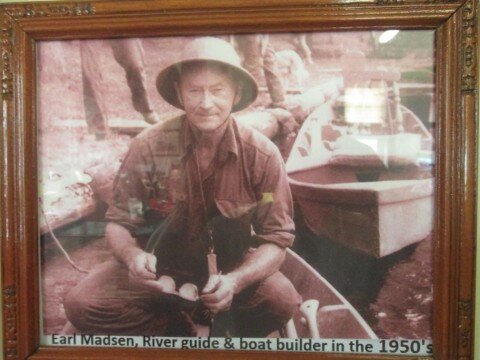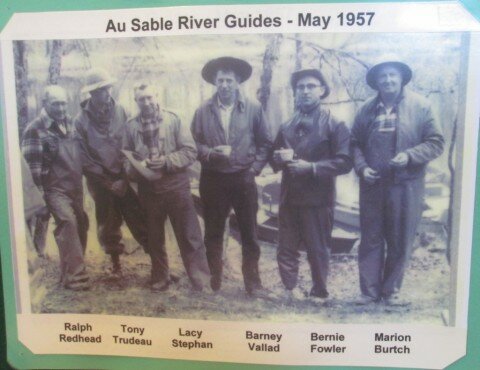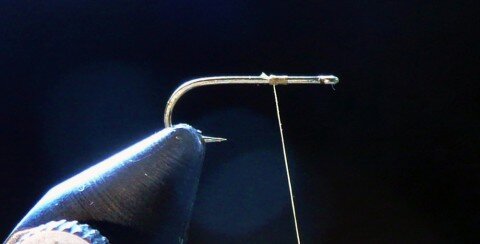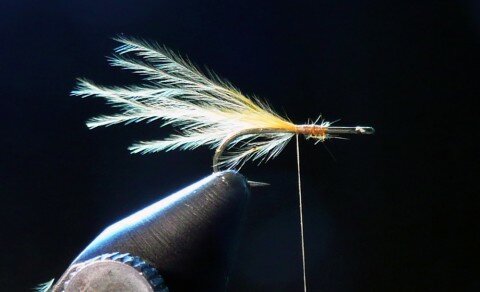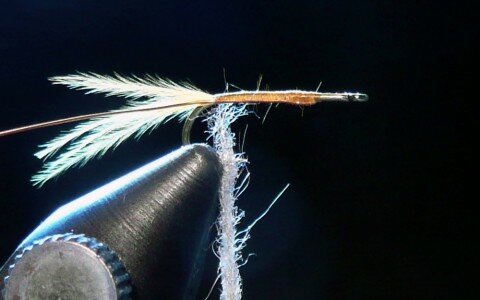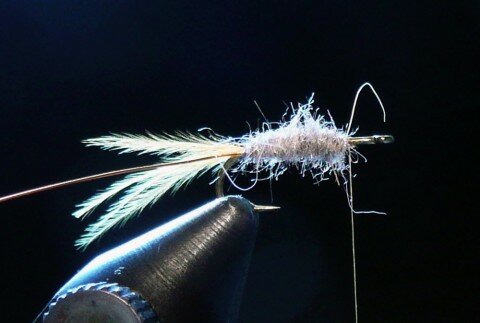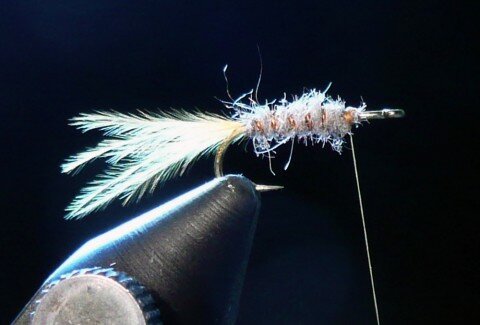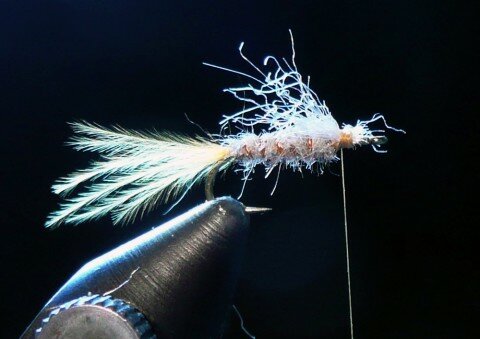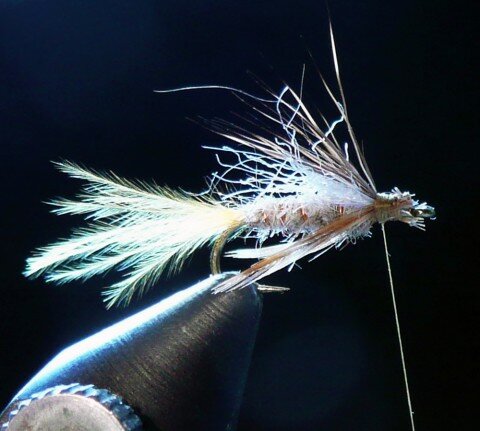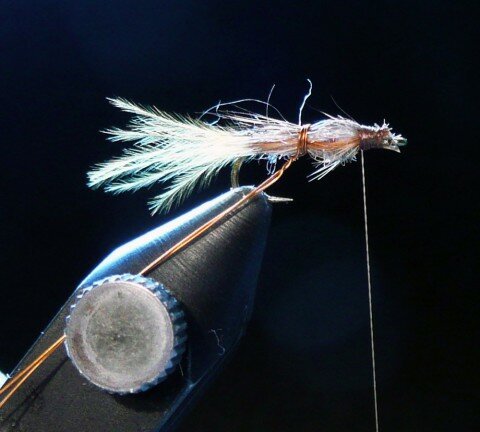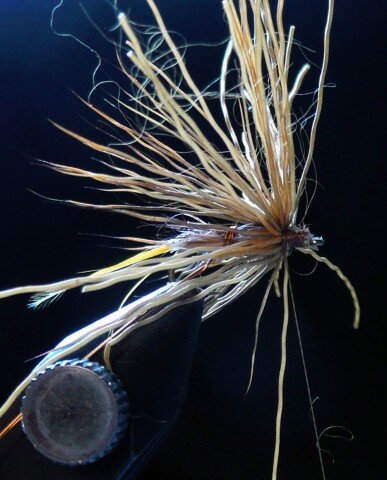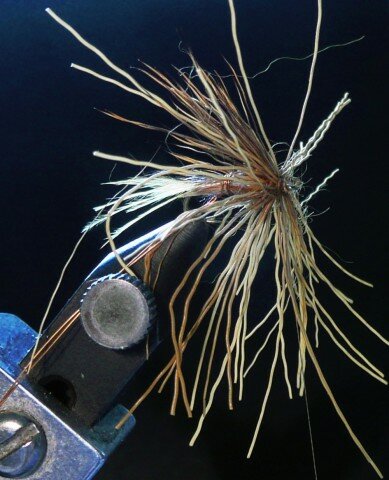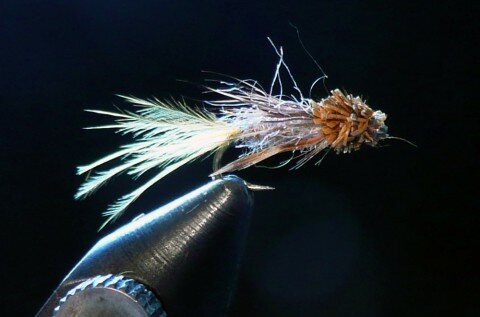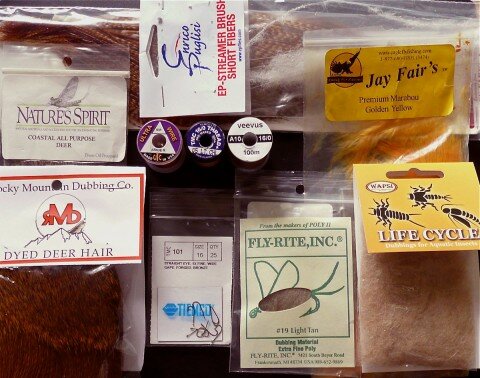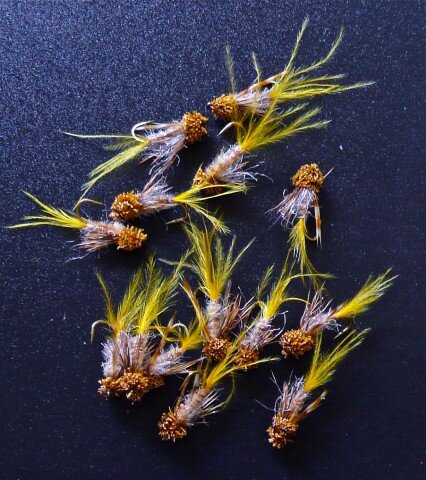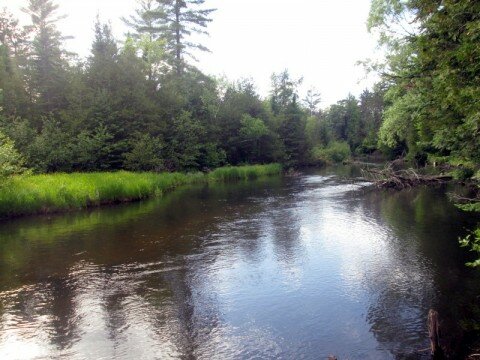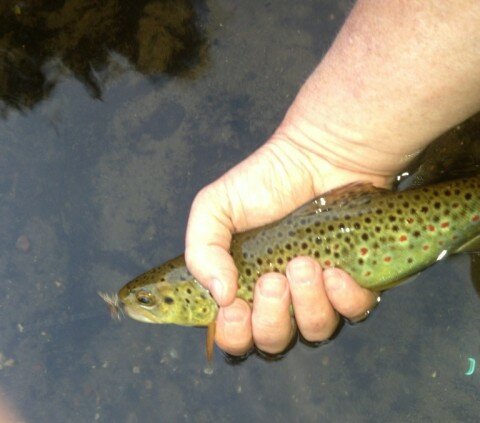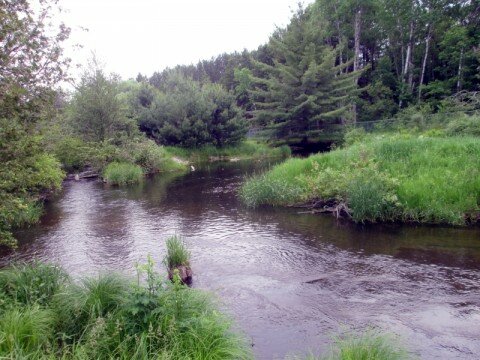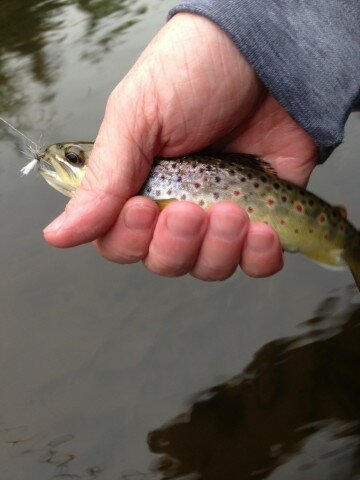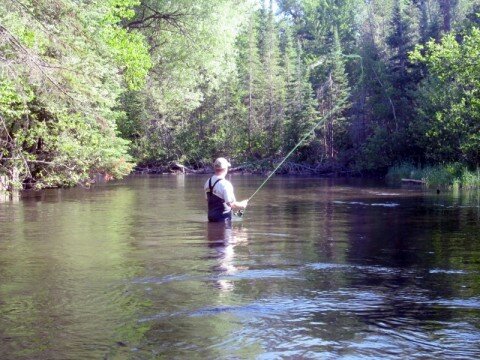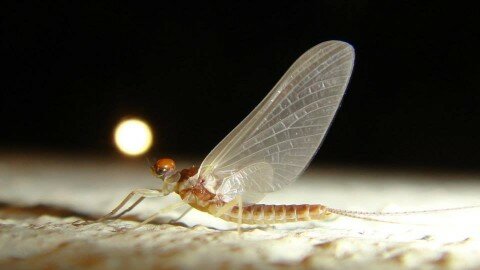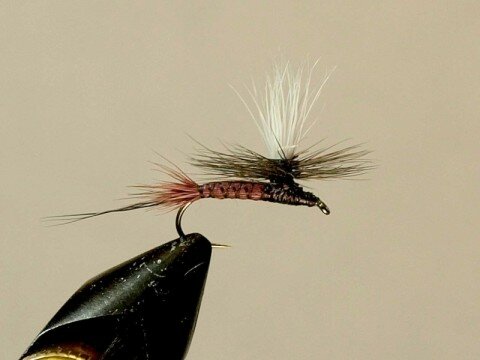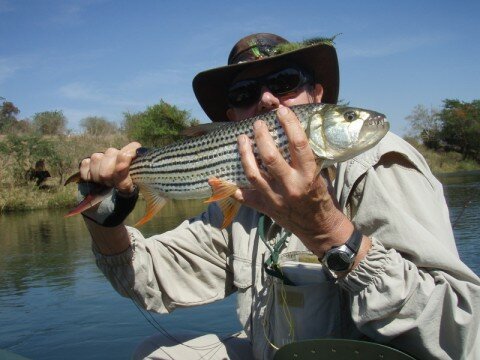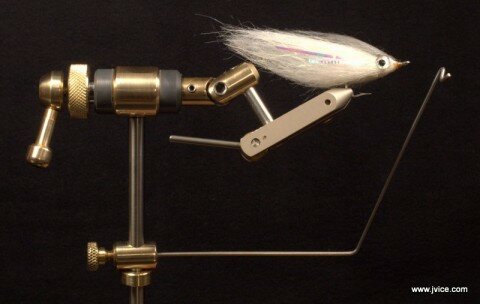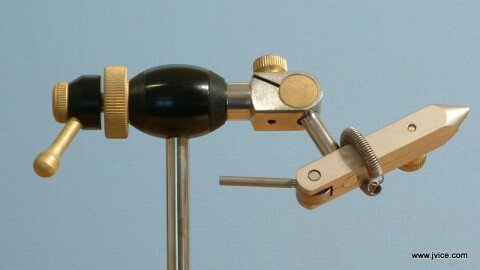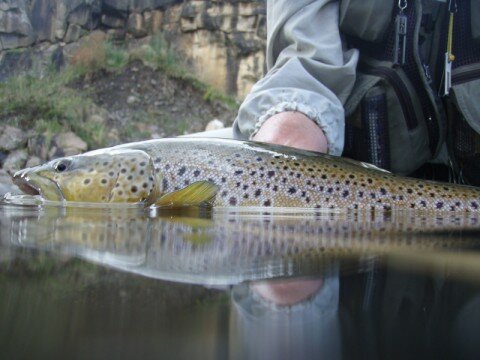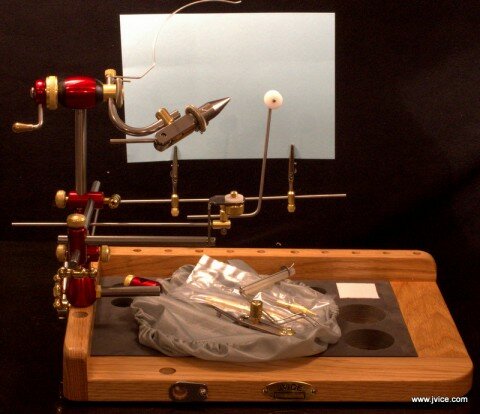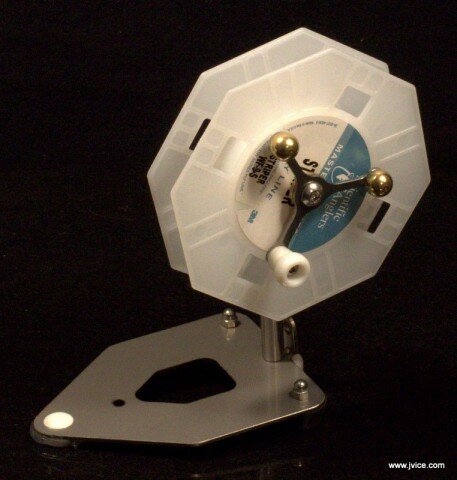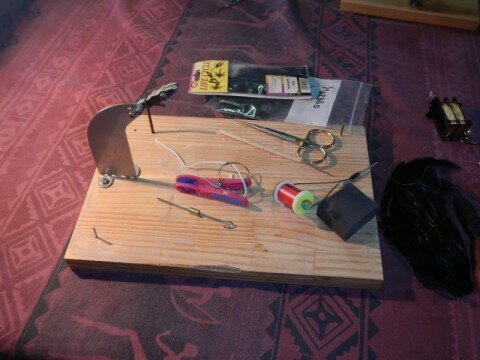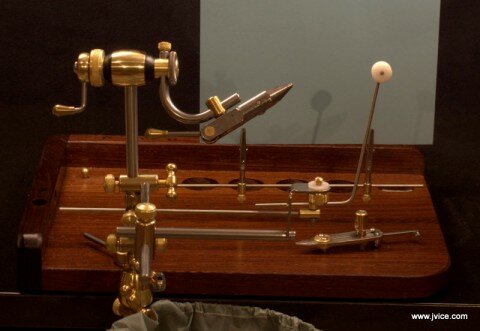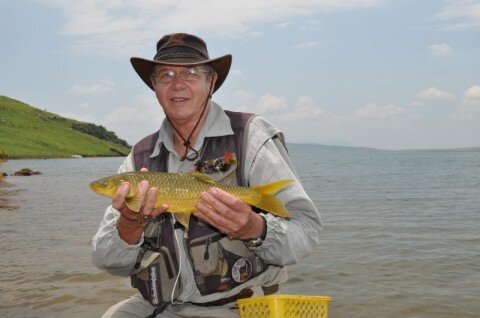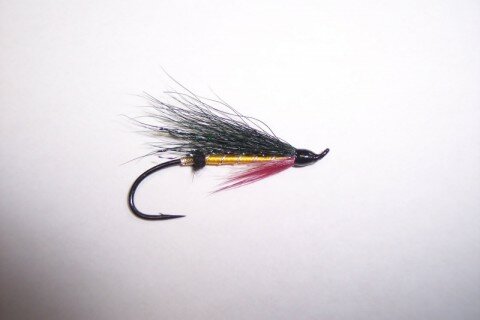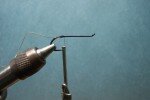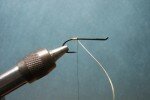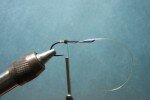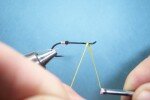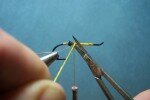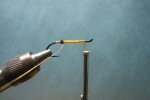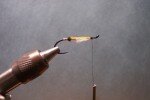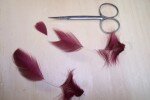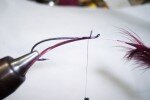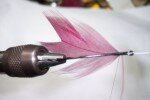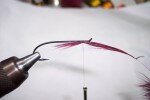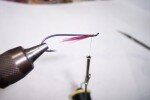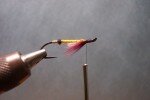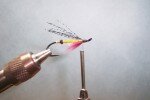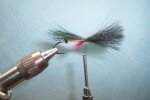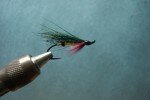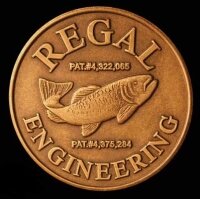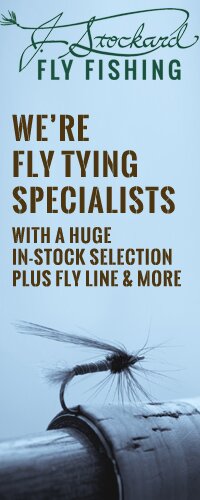This wasn’t the first time I’ve been to Grayling, but it still gives me that magical fly fishing feeling. The legendary Au Sable River runs through town with its slow movement and beautiful clarity. The history is what really sticks with me and the area is rich with it. Fly tyers, rod builders, river boat builders, guides, and iconic fly fishermen. This is the place where Trout Unlimited began and where Henry Ford had his own fly fishing club.
When I was waist deep, standing in the middle of the Au Sable, casting my dry fly to rising trout, I felt some of what those who came before me must have felt and I loved every minute of it.
While I was there I tried to visit places to soak up and experience more of this wonderful history.
A must stop was at the Grayling Fish Hatchery. My family loved this place. You can feed the trout and also fish for them here. My wife, and two sons caught rainbows and since you are not allowed to put them back at the Hatchery, they became dinner. This was a fun place and a must see.
On the outskirts of Grayling is a tiny little town called Lovells. There were two places of interest here. The Lovells Fly Fishing Museum and the North Branch Outing Club.
Chauncy Lively was a world class fisherman and an innovative fly tyer. He was born and raised in Pennsylvania but would come up to Grayling to fish with his friend Paul Young, the rod builder. Chauncy and his wife eventually moved to Grayling after retiring. Below is his vise and a Lively sign. (The museum tag misspelled his first name in the photo)
Each year the museum has a specific exhibit. This year it’s about rod making.
One of the best fly fisherman and fly tyers from Grayling was Ernie Borchers. He created a fantastic fly called the Borchers Special. His favorite fly rod was a Dickerson, made by Lyle Dickerson.
They had the famous rod builder, Paul H. Young’s fly tying vise on display.
In 1916 T.E. Douglas built the North Branch Outing Club to promote fly fishing and invite anglers from all over the world when he realized his lumber business was in decline. NBOC had members and guests such as Henry & Edsel Ford, Harvey Firestone, The Dodge Brothers, Thomas Edison, and Royalty from Europe. These days the Fuller family owns the club and it’s open for business on the North Branch of the Au Sable.
I was in two of the local fly shops several times. The two being Gates Au Sable Lodge and The Old Au Sable Fly Shop. Both are friendly shops with good information and a nice selection of fly fishing products. Gates was originally owned by the well known conservationist and angler Rusty Gates who passed away in 2009. Josh Greenberg now owns Gates Au Sable Lodge and studied with Rusty for many years. I stopped and asked Josh about the hatch I was experiencing on the mainstream which turned out to be March Brown Spinners. Josh helped me confirm the bug.
The Old Au Sable Fly Shop is ran by Andy Partlo who runs a well oiled machine. The shop sits right in Grayling and every time I visit I have a good experience. I’ve asked Andy several questions via phone and email and he is always very helpful and nice. Alex Lafkas, who has posted on FrankenFly before guides for the shop.
Finally, I went to the Crawford County Historical Museum in Grayling. This was an interesting museum with a lot of items on display. The Fred Bear exhibit was my favorite. He was founder of the Bear Archery company and Grayling was home to him and the company. Fred was also an avid fly fisherman.
One of the first and best guides on the Au Sable was Rube Babbit. He was the first to plant brook trout in the East Branch of the Au Sable.
Earl Madsen was also a great fly tyer. Flies like the Madsen Skunk and Madsen’s Barber Pole Drake are awesome!
I hope you enjoyed my brief information and photos on what I experienced in Grayling this year.

